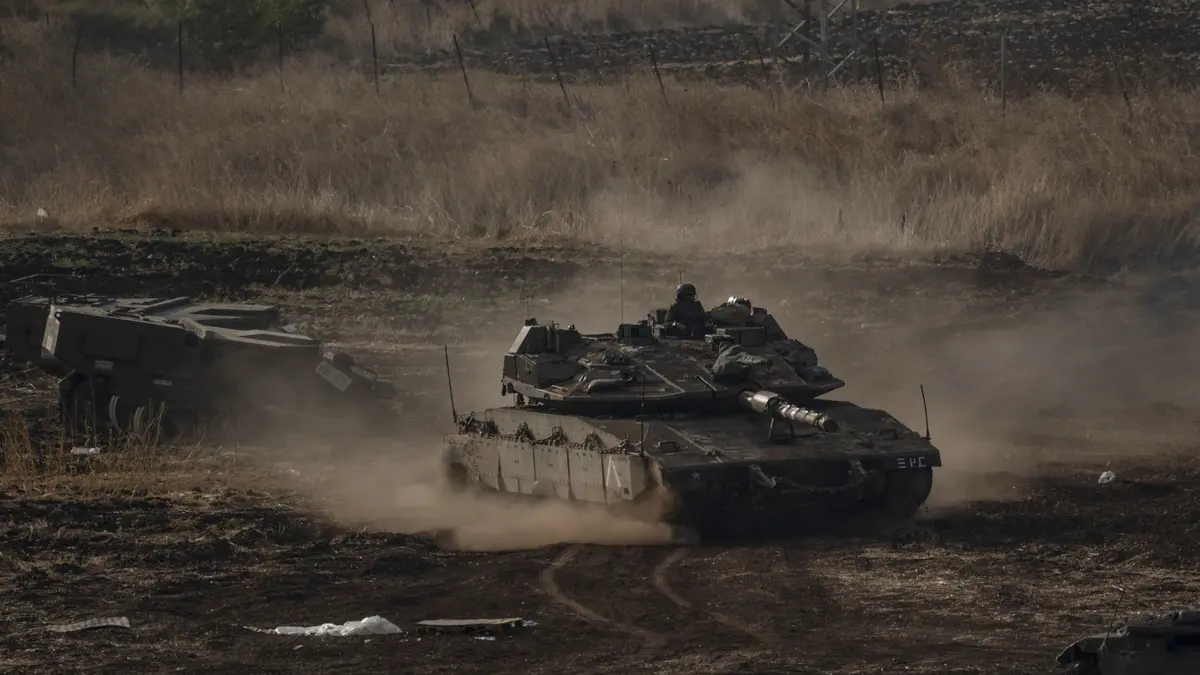“As the Israel-Iran conflict intensifies, Iran’s main proxies – Hamas, Hezbollah, the Houthis and various Iraqi militias – have been conspicuously inactive. Once at the heart of Tehran’s regional strategy, these groups appear to be on the sidelines, their operational capacity diminished by recent setbacks and Israeli attention.
Hamas and Hezbollah retreat
Analysts point to weakened capabilities after the Gaza and Lebanon operations. A senior figure at the International Institute for Strategic Studies noted:
“Israel has dealt a significant blow to Iran’s proxy network, particularly Hezbollah.”
Most of Hamas’s leadership was eliminated in 2023, while Hezbollah suffered major losses in late 2024, leaving both groups exhausted and on guard.
A Hezbollah military analyst told Breaking Defense:
“Once thought… Iran’s most powerful proxy… it is unlikely to intervene directly… at least for now”
Al Jazeera reports that Hezbollah leadership is resisting calls to escalate the war, citing local constraints and limitations on preparations.
Houthis: Testing the waters
Unlike their brethren, Yemen’s Iran-aligned Houthis have taken a cautious approach. A Reuters report quoted Houthi spokesman Mohammed al-Bukhaiti as saying:
“The group will intervene to support Iran against Israel… coordinating with Tehran”
The Houthis recently fired ballistic missiles over central Israel – marking the first known proxy missile collaboration with Iran in the conflict. However, including at Sanaa airport Houthi positions have faced Israeli airstrikes in the past, suggesting that Tehran and its allies should be wary.
Iraqi military and other Shiite militias
Unlike during the Iran-Iraq War era, the current Shiite militias in Iraq have not openly joined the war. Experts suggest that Iran is facing logistical constraints and is prioritizing direct attacks on Tehran over a broader proxy surge.
Regional and global implications
- Controlled escalation: Iranian proxies have been targeted by Israel over the past two years, reducing their ability to open new fronts.
- Proxy fatigue: The ongoing operations in Gaza and Syria have greatly stretched Tehran’s regional assets, limiting its ability to open multiple war fronts.
- Strategic escalation by Iran Recalibration: With key proxies weakened, Iran now relies heavily on regime defense and direct missile responses—perhaps to avoid further regional upheaval.
- Global Watchdog: Observers in Washington and Moscow argue that this restraint could prevent a full-scale regional war, but warn that a sudden shift could reopen fronts in Lebanon, Yemen, or Iraq.
In Conclusion
Iran’s “axis of resistance” network today appears more divided than feared. With Hamas and Hezbollah largely on the sidelines, and the Iraqi military largely silent, the conflict is centered on a state-to-state confrontation between Israel and Iran.
Yet the Houthis’ limited missile involvement could suggest a broader partnership if Iran deems it necessary. For now, however, both sides appear limited—Israel through its strategic proxy capacity Trying to attack Iran. We are – and the risk of widespread tension is contained but still volatile.
Raed More: Japan Accelerates Carrier Based F-35B ‘Jump Jet’ Deployment to Counter China
FAQs
Iran’s main allies, Hamas and Hezbollah, have been largely inactive in the current conflict. Hamas suffered significant losses in Gaza in 2023, and Hezbollah suffered a crushing defeat in late 2024. As a result, both groups are currently too weak to participate effectively. Analysts suggest that Hezbollah, once considered Iran’s most powerful proxy, is unlikely to intervene directly at this time.
The Houthis have shown limited involvement. They recently launched ballistic missiles over central Israel, marking their first known proxy missile cooperation with Iran in the conflict. However, their position at Sana’a airport has been affected by Israeli airstrikes, indicating that Tehran and its allies must remain vigilant.
Despite their long-standing ties with Iran, many Shiite militias in Iraq are staying back. They are wary of domestic backlash and reluctant to risk retaliation by Israel or the US.
While Iran’s “axis of resistance” has been significantly weakened, the Houthis’ limited missile involvement suggests the possibility of a broader alliance if Iran deems it necessary. However, both sides currently appear limited in their actions, with Israel focusing on a strategic proxy capability and Iran aiming to avoid further regional upheaval.








Leave a Reply